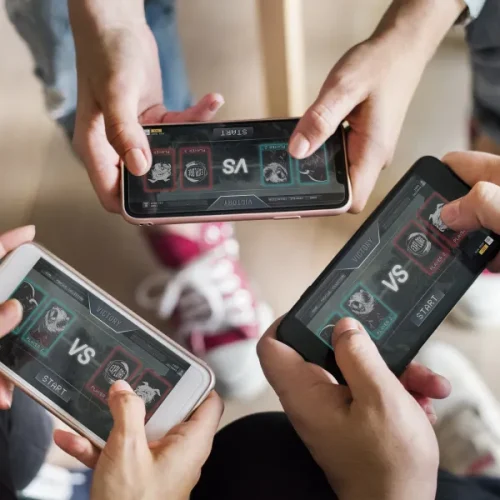In the first part of this series about gaming, Munazza Ashraf discusses the ubiquity of gaming, and the potential it has to foster social & emotional learning among gamers.
Snapshot of Gaming
Watch a fun movie, go for a walk in the neighbourhood park, or eat out with family and friends? These are just some of the options available to youth who’re seeking to inject some entertainment into their weekend plans. Recently, coming together to play video games has also become a popular option. The gaming industry has been experiencing significant growth, and has been releasing immersive games with highly realistic graphics and compelling plotlines for several years.
Avid gamers invest a significant amount of their time and money into increasing their skill level at various games while also making sure their gaming libraries remain updated. Studies estimate that the United States alone has 34 million core gamers, who spend an average of 22 hours per week towards gaming.
Given these trends, it’s not feasible to assume that the youth will divert their energies into other activities. The solution, therefore, should be to find approaches that transform gaming into a productive activity that shapes gamers to become better learners.
Gaming as Learning?
Research has indicated that the social and emotional skills of children, along with their academic abilities, are essential in allowing them to thrive professionally and personally throughout their lifetimes. As some games are inherently social, the utilisation of games to foster social and emotional skills has a lot of potential.
Teaching these skills using traditional methods may not be successful as such methods have limited real-word applicability, and children may quickly become disengaged and bored. As gamers are fully immersed in virtual worlds while playing, they are already primed to learn skills that they can retain over the long term. Role-playing is widely understood to be a powerful pedagogical method, and video games can be thought of as an extended role-playing activity in which additional resources can be added inside the virtual world without an additional financial cost. This is in contrast to real-world role-playing scenarios in which material resources normally have to purchased to enrich the activity.
Pathways of Learning
Now that we have established that gaming can be an effective pathway for promoting social and emotional learning, the next step is to discuss the skills that can be fostered through specific game design choices. To accomplish this, game designers need to be familiar with the principles of choice architecture, which seeks to understand the decision-making and behaviour of people when they are presented with choices. How can a multiplayer team game teach players to prioritise and distribute limited resources among themselves and others? How can a game with a steep learning curve build resilience among the people who play it?
Look out for the next part of this blog series that will discuss specific games and the skills they foster!


